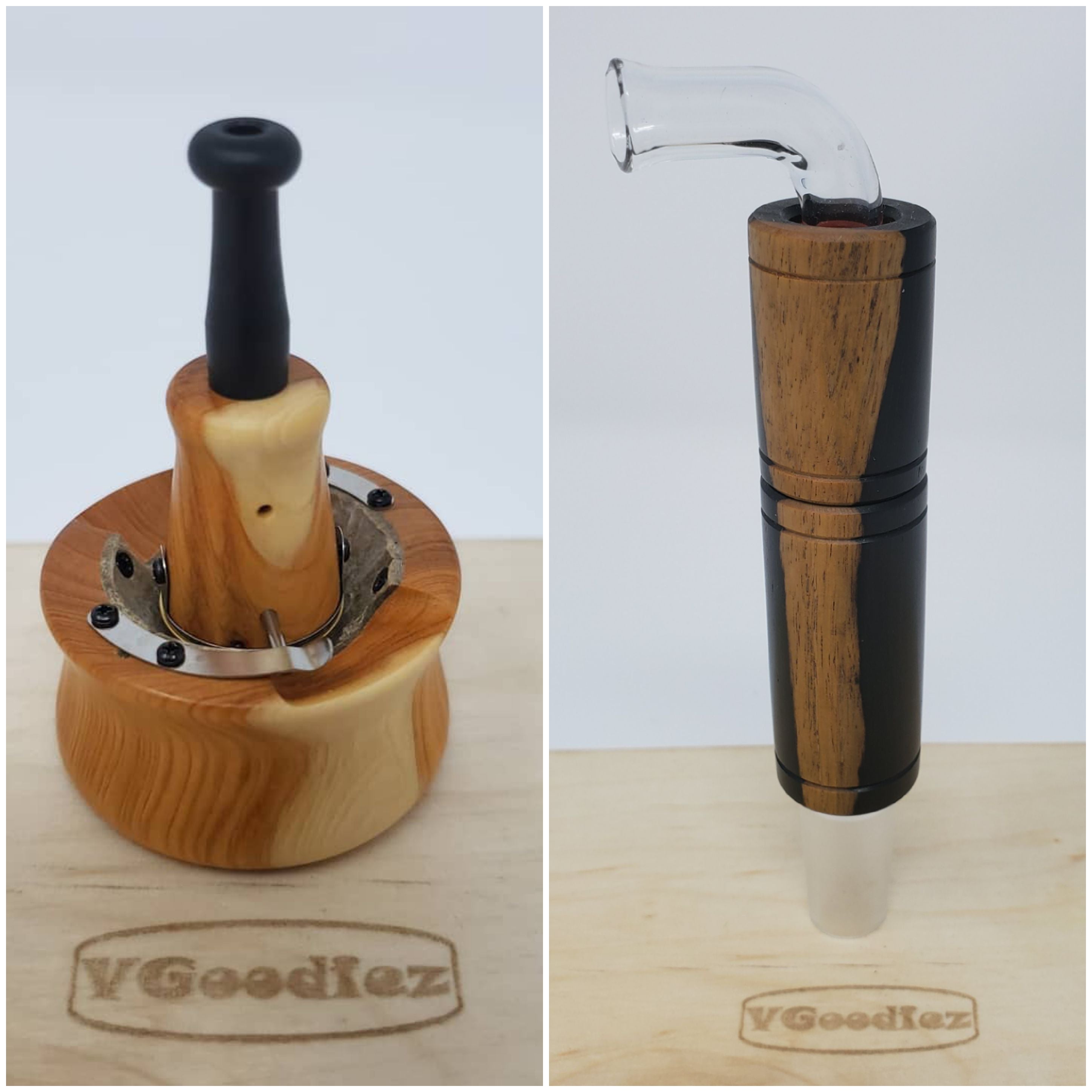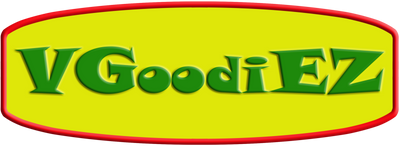
The most common heating technology for contemporary vaporizers is convection and conduction. But what does this mean and what are the pro's and con's of each? Read on to find out....
In terms of dry herb convection vaporizing the oils are extracted from hot air passing through the load. Think of your convection oven at home which blows around hot air to cook that Turkey. In a vaporizer a heating element is heated (i.e. a coil or ceramic rod). When you draw you are pulling in cold air, funneling it past the heating element which warms the air, then pulling it through the herb, extracting the oils and creating vapor.
In terms of dry herb conduction vaporization the load is essentially baked. Baked like a cake in your oven at home. Typically the bowl is the heating element and it can take over a minute in some devices to be ready for producing vapor.
Pro's and Con's of Each
- Taste- In most cases users prefer the taste of convection over conduction
- Speed- Think about the ability to press a button, draw and get vapor within seconds. Convection can provide that (on demand), conduction typically requires more time to heat.
- Efficiency- In general smaller loads are best vaporized with convection technology.
- Energy requirements- In general convection requires more energy to heat and this is particularly important with battery operated vaporizers.
- Technique- Often convection vaporizers require a bit more technique because part of the equation is draw speed which impacts the temperature of the air. For this reason some convection vaporizers are more susceptible to hot spots and combustion from funneling.
Many companies have elected to create hybrid models which take advantage of both technologies to create rich, robust vapor.
Thanks for checking us out! We hope this information was helpful and if you have further questions please leave a comment below.

Comments (0)
Back to VGoodiez University Lesson's